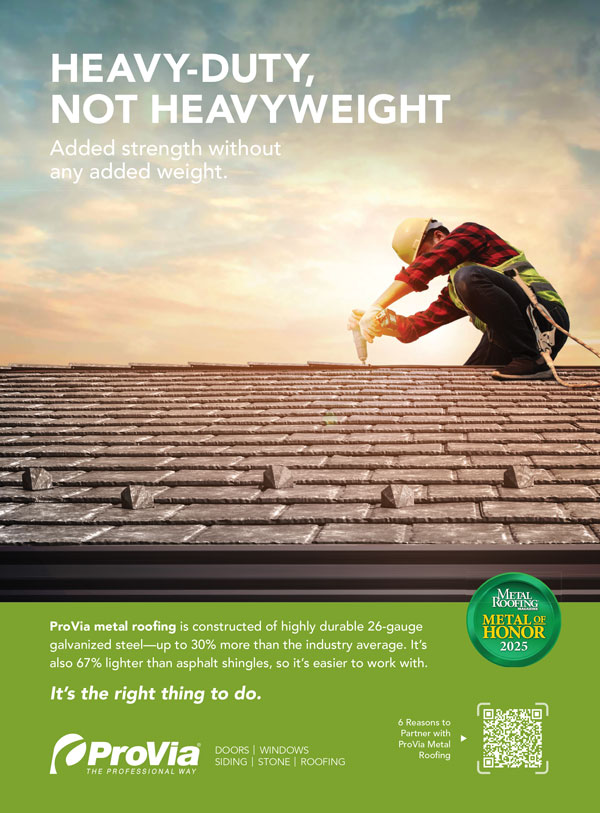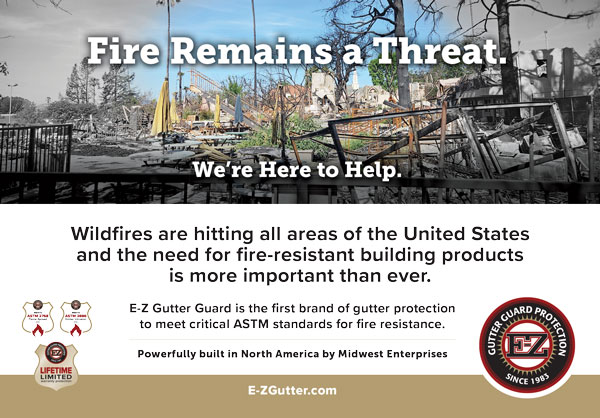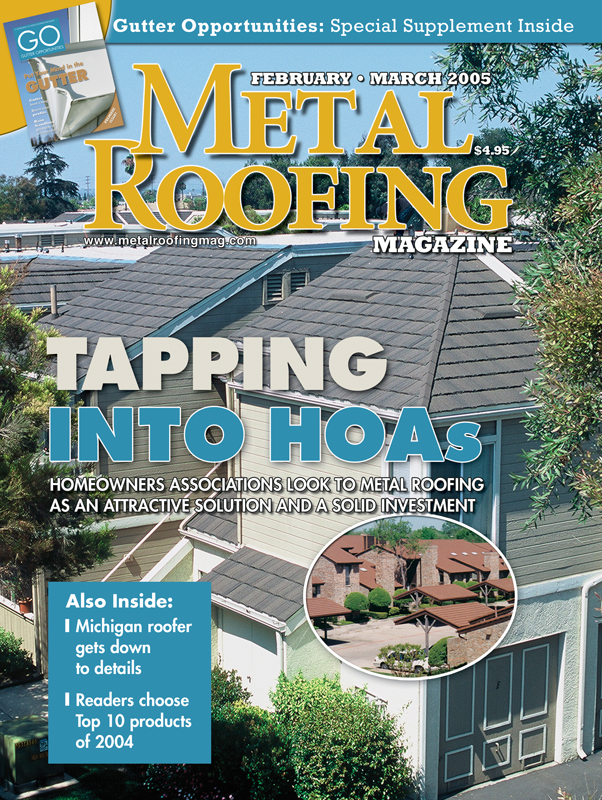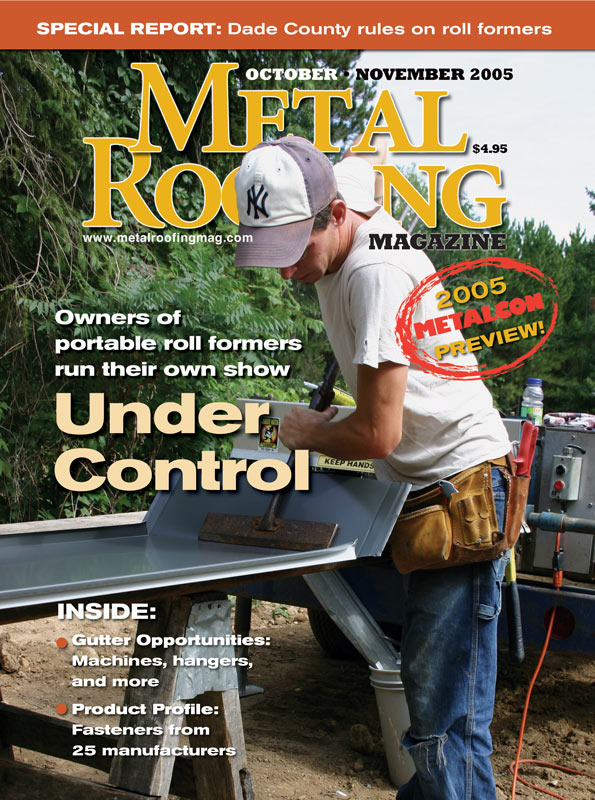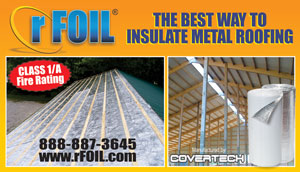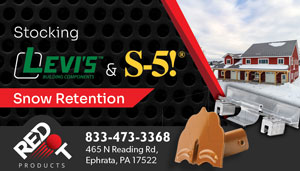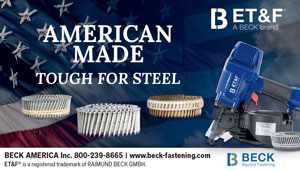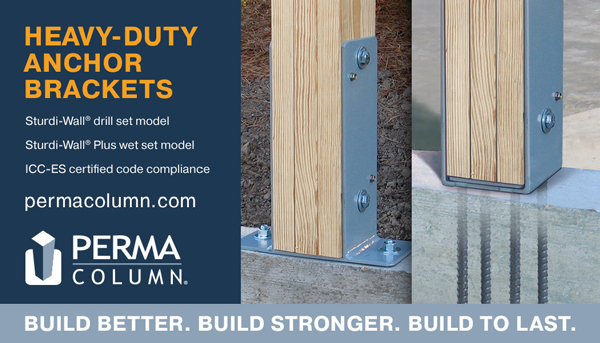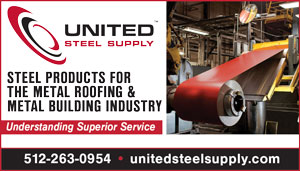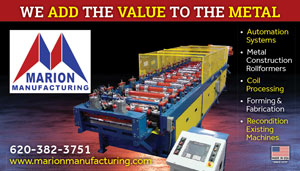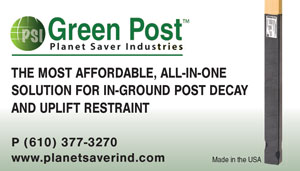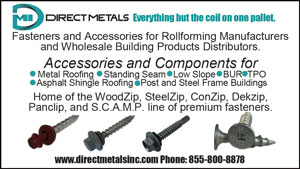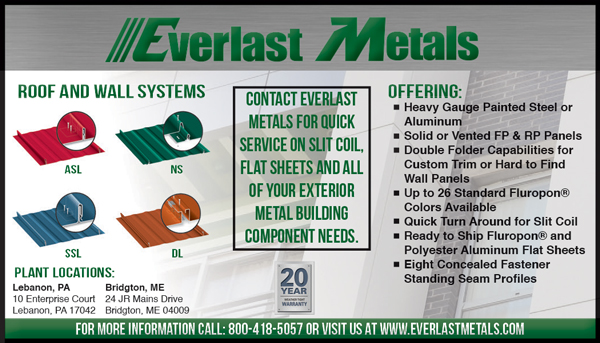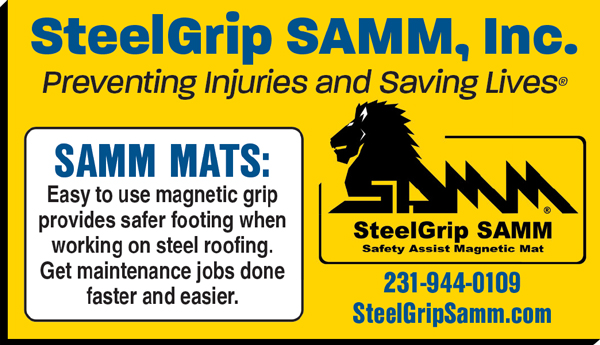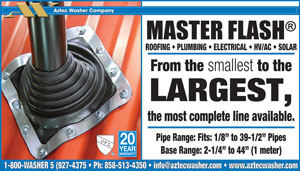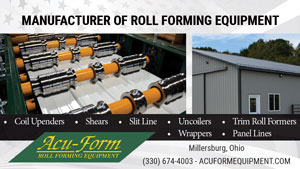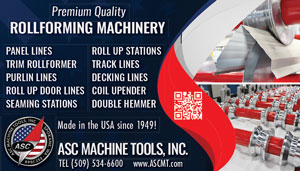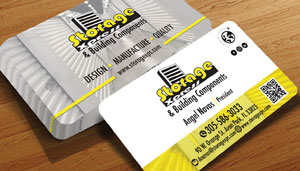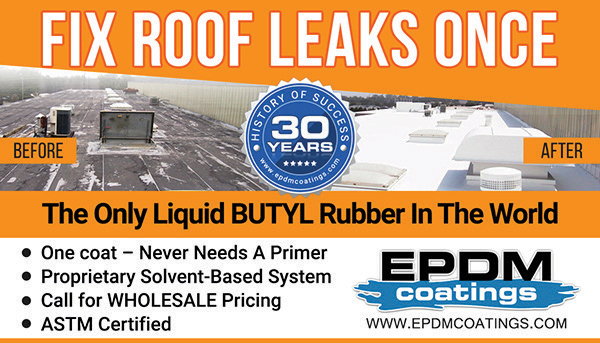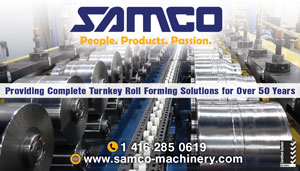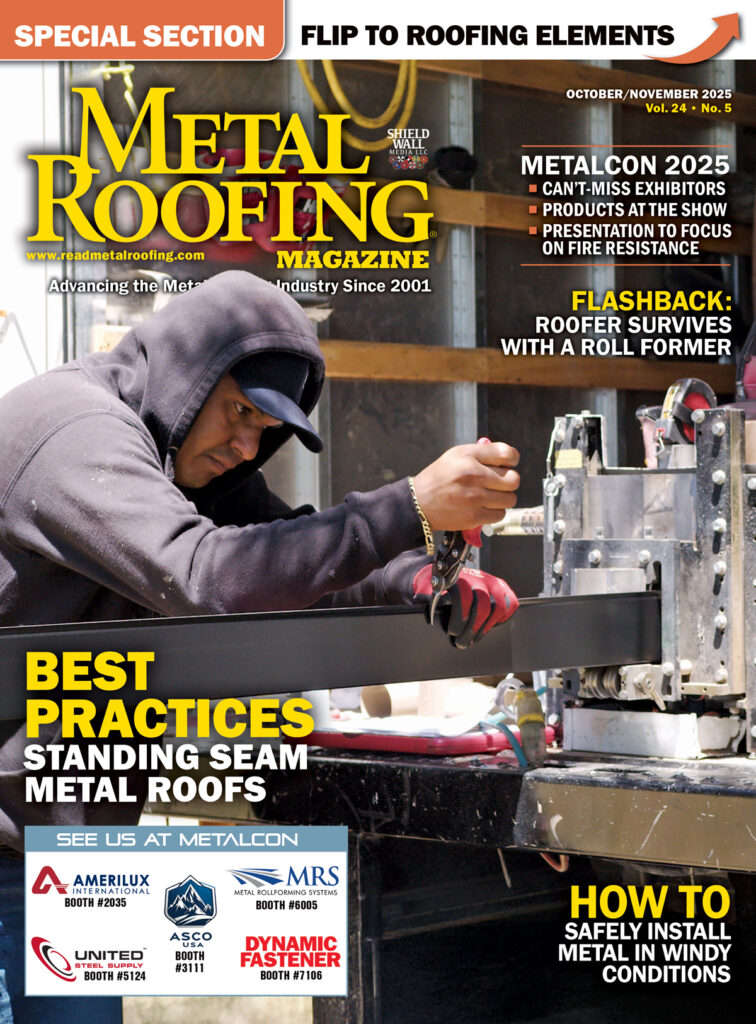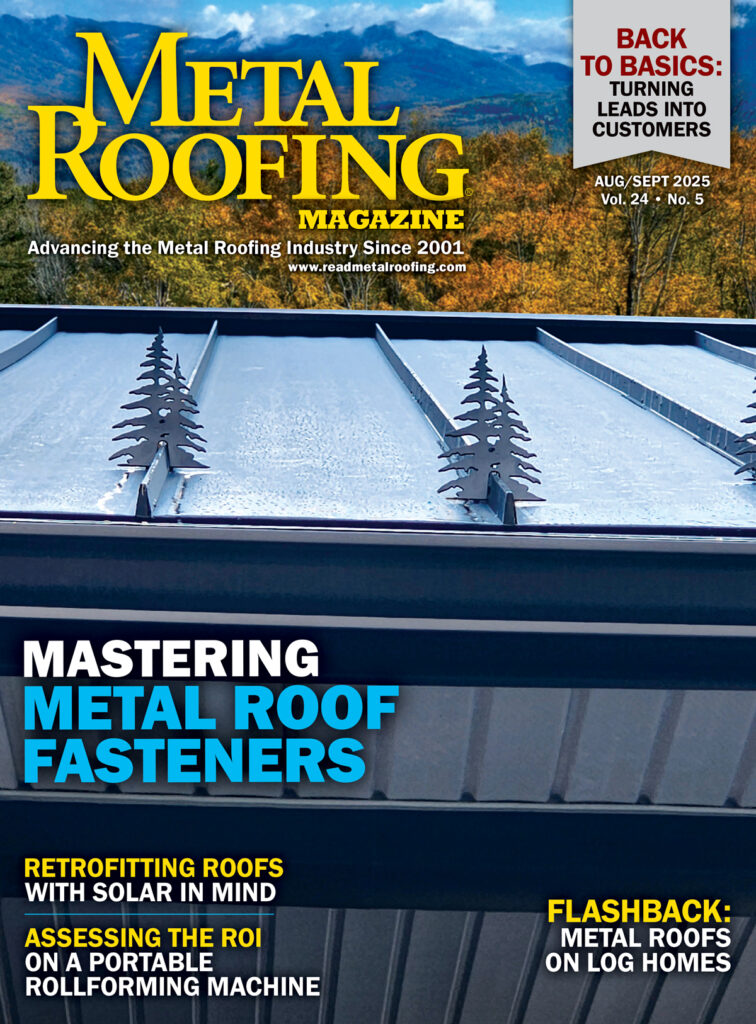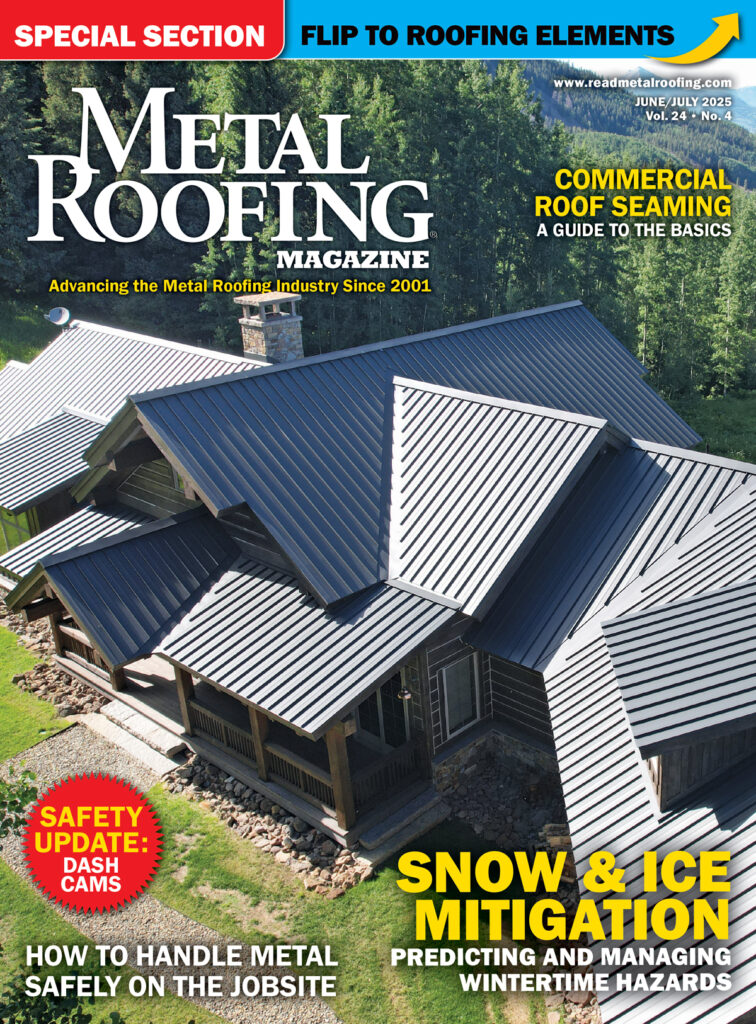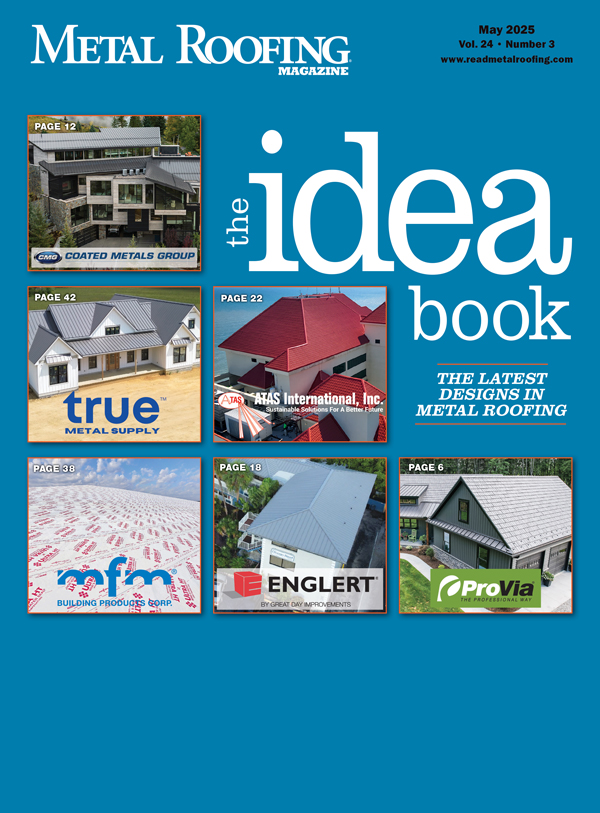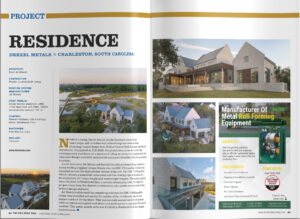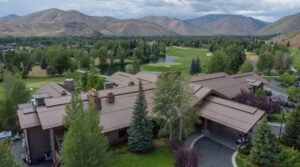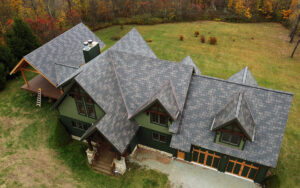Company name aside, Petersen Aluminum sells as much steel roofing material as it does aluminum. Both products feature specific attributes and all qualified commercial roofing contractors have the experience and expertise to install both.
So why isn’t aluminum used more extensively? The primary obstacles have been cost per square foot and misimpressions concerning the structural limitations of aluminum. Recent innovations in panel design, though, have served to significantly broaden the application range for aluminum panels and several aluminum profiles are now available from a number of manufacturers that carry the UL 580 Class 90 wind uplift rating.
Despite recent inflation in steel costs, the initial installed cost of aluminum remains higher than steel, but that is not the end of the story. In many areas of the country, I would contend that a full analysis of life cycle benefits might actually show aluminum is less expensive than steel. In my experience, building owners are increasingly deciding to use aluminum when they are fully informed of its advantages.
“It’s a life cycle issue … aluminum delivers a longer service life, in general,” says Tom Hutchinson, director of moisture protection for Legat Architects of Chicago. “The cost of aluminum has never been an issue for us.”
For architectural metal roofing, Legat uses aluminum for approximately 75 percent of its projects. The remaining 25 percent is mostly copper and zinc.
“The cost of aluminum is not an issue for us,” says Jim Donovan of Westar Roofing Corporation in Chesapeake, Va. “We quote on two to three jobs per day and have never won or lost a job due to the cost difference of aluminum. The increased cost is only pennies. The cost of labor is the real issue, not the material. The cost of aluminum is just not a factor except maybe in the heavier gauge aluminum.”
Corrosion resistant
An intrinsic attribute of aluminum is its corrosion resistant properties — a significant advantage over steel. In the typical architectural application, G-90 galvanized steel or AZ 55 Galvalume steel is coated with a full Kynar 500 fluorocarbon finish. Either substrate provides adequate protection in a “normal” environment unless and until it is abraded.
“Not having to worry about rust becoming a problem, that’s a big thing,” says Guy Grove a roofing contractor with R.D. Bean in Beltsville, Md. “If we can, we like to use aluminum.”
Surface scratches can cause the corrosion process to accelerate. This is particularly the case in acid rain regions, coastal areas, and other aggressive environments. In such areas the advantage quickly switches to aluminum due to its superior corrosion resistance. Most manufacturers’ warranties specifically exclude corrosion of the substrate. Petersen’s experience during the past 30 years is that aluminum is the better substrate for those applications where substrate corrosion might be a concern.
“We recognize that in the construction and installation process, scratches and damage occur,” Hutchinson says.
“We have a lot more trouble with steel products, particularly on cut and trim work,” Donovan says. “The edges tend to rust and cause problems. Aluminum holds up better.”
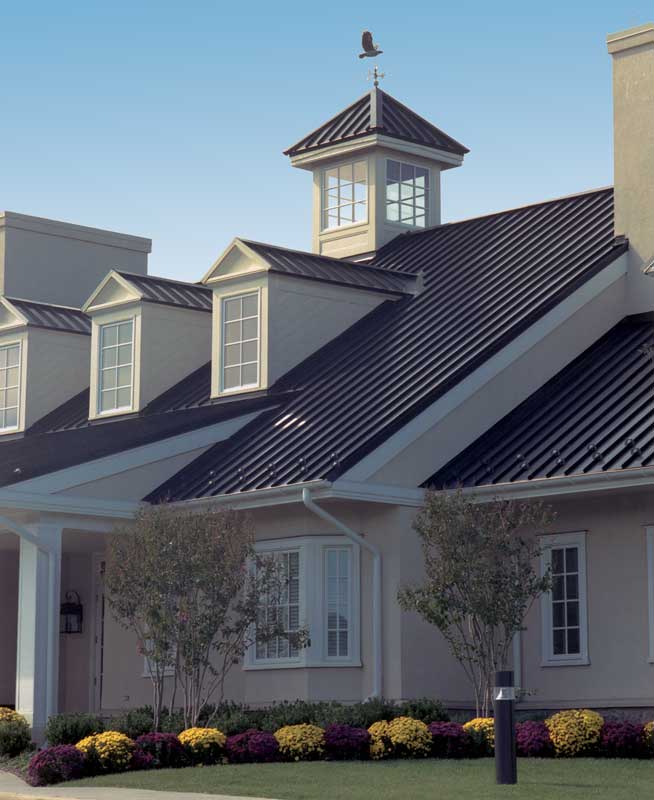

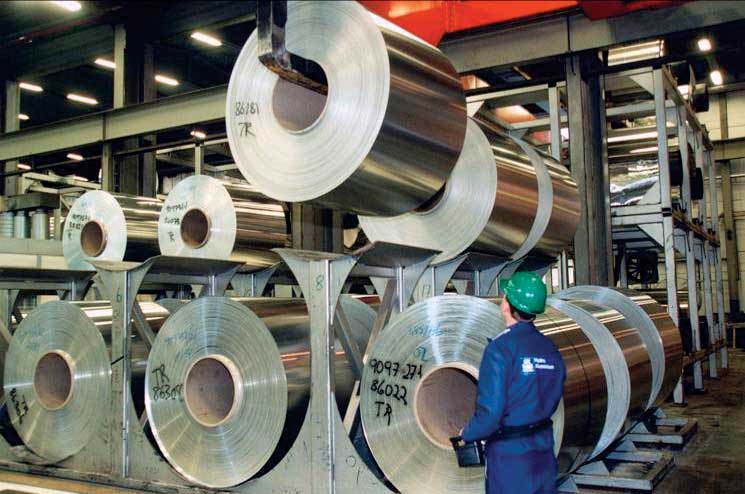
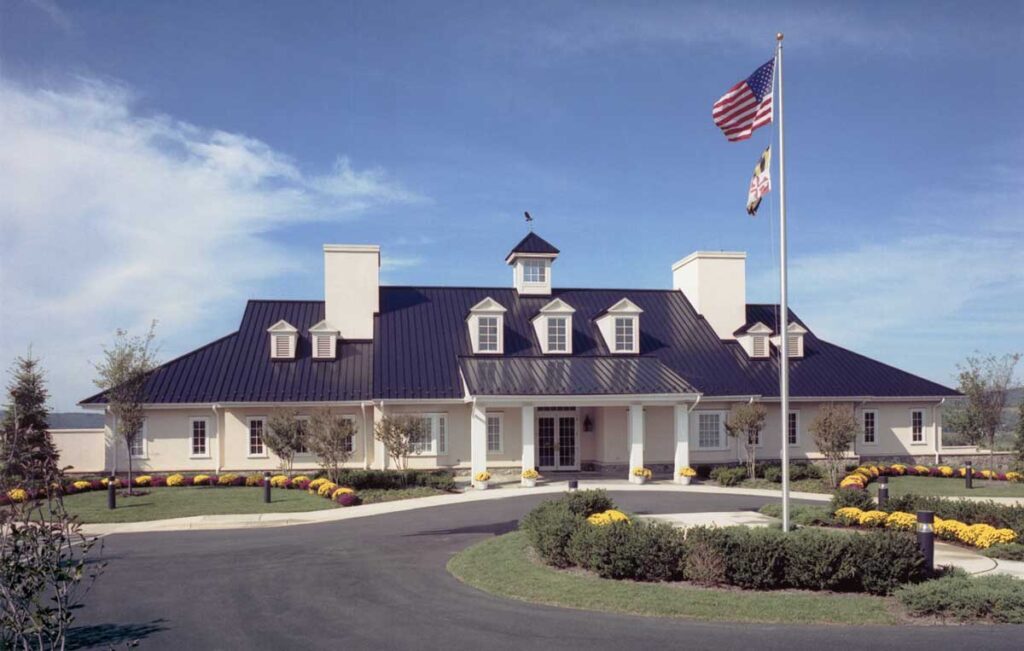
The Musket Ridge Country Club in Myersville, Md., boasts an aluminum roof from Petersen Aluminum. A total of 7,000 square feet of .040-inch PAC-CLAD aluminum in Black Matte was chosen by the club. PETERSEN ALUMINUM PHOTOS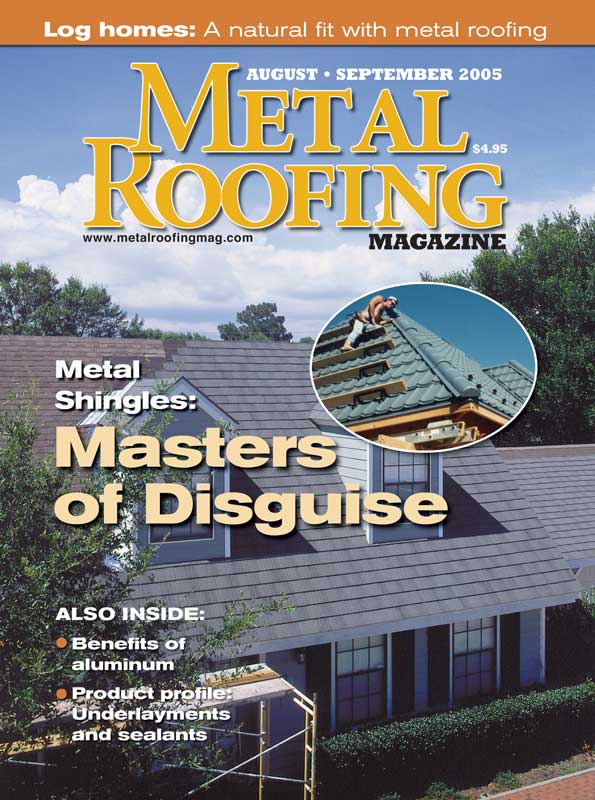
This article was originally published in the August/September 2005 edition of Metal Roofing Magazine
Designer friendly
Corrosion resistance isn’t the only reason aluminum is gaining popularity. The material is notably “designer friendly” and works well in fabricating even the most complex designs. Aluminum is easier to work with than steel and is generally available in a wider range of gauges than steel, thereby making it easier to coordinate fabrication of the various exterior metal components for your project.
“It’s easy to handle, particularly the super long panels that are commonplace,” Hutchinson says. “It’s easy to manipulate, even the thicker gauges.”
Aluminum features significantly lower weight per panel — in some cases a contractor might be able to use one installer versus two. It’s easier to cut and work in the field. This all adds up to labor cost savings
“The reason we prefer aluminum is that we know that the guys in the field will cut copings to make them fit,” says Rick Morrison, architect with Grimm & Parker of Calverton, Md. “For dormers and valleys, and other aspects of a complicated design, aluminum is an absolute must.”
Donovan says, “Aluminum works much better in handling and forming. It’s lighter to handle and can be stored on the roof during installation without having to worry about the weight of steel. The guys can handle it better, too.”
Environmentally friendly
Aluminum also scores well in sustainable design. A typical aluminum roof panel includes 90 percent recycled content and it is fully recyclable when necessary. Combined with a solar-reflective Energy Star-listed “cool” coating, aluminum roofing is an excellent choice for a LEED qualified project.
Petersen has heard from architects that they prefer aluminum and use it every chance they get — particularly when they are working directly with building owners. They feel the additional cost of aluminum is inconsequential compared to the overall “value” enhancement of the project. In any assessment of overall life cycle and long-term maintenance costs, though, the choice between steel and aluminum begins to even out. And if your project is based in an acid rain environment or direct coastal area (or come to think of it, if you live in one of the Blue States!), you should strongly consider aluminum.
Aluminum At A Glance
• Aluminum has a higher cost per square foot than steel — roughly 15 percent — and pricing has been somewhat volatile.
• Proponents say its light weight and workability may make up the cost difference in labor savings on many jobs.
• On average, aluminumʼs recycled content is 55 percent.
• Aluminum has two times the expansion/contraction rate of steel, and may require modifications in flashing design.
• .032 is the typical gauge for most aluminum applications.
— Source: Petersen Aluminum AIA presentation


